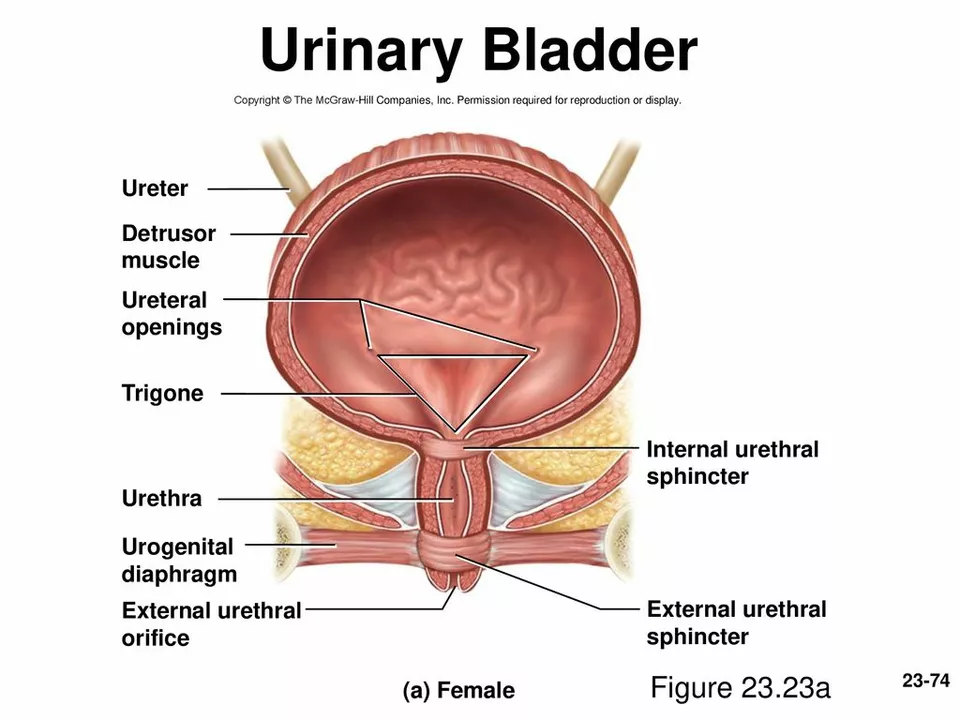Understanding Bladder Spasms: What You Need to Know
Bladder spasms can sneak up on you when you least expect it, causing sudden discomfort and even pain. These involuntary muscle contractions in the bladder wall often lead to strong urges to pee or leakage. Ever felt your bladder tighten up with no warning? That’s a spasm at work. Understanding why these happen and how to deal with them can make a big difference in your daily comfort.
Most often, bladder spasms are linked to irritation or inflammation of the bladder. This could be from infections, like urinary tract infections (UTIs), or conditions such as interstitial cystitis, which causes chronic bladder inflammation. Other times, nerve issues stemming from conditions like multiple sclerosis or spinal cord injuries trigger these spasms. Even lifestyle factors, like too much caffeine or bladder overfilling, can set them off.
Common Signs and Symptoms
It's not always easy to tell if you’re dealing with bladder spasms, but certain symptoms pop up frequently. Sharp, cramp-like pains below the belly button, sudden and intense urges to urinate, or unexpected urine leaks mean your bladder muscles might be twitching uncontrollably. These spasms can disrupt sleep or daily activities, making it tough to relax. If you notice these signs, don’t brush them off—getting a diagnosis helps handle the problem better.
How To Manage and Treat Bladder Spasms
So, what can you do if bladder spasms are bugging you? First, identifying and treating the root cause is key—whether that’s an infection or something else. For quick relief, doctors often recommend anticholinergic medications that help calm the bladder muscle contractions. Lifestyle tweaks help too: cutting back on bladder irritants like caffeine, alcohol, and spicy foods, and sticking to a bathroom schedule to avoid overfilling the bladder.
Some people find pelvic floor exercises surprisingly helpful, as they strengthen muscles controlling urine flow. Applying a warm compress can also soothe the muscle cramps for a bit. If spasms persist, talking with a healthcare provider is crucial—they may explore other treatment options or tests to pinpoint the issue.
Bladder spasms aren’t something you have to just live with. Understanding what’s behind those uncomfortable squeezes is the first step toward relief and everyday peace of mind.
